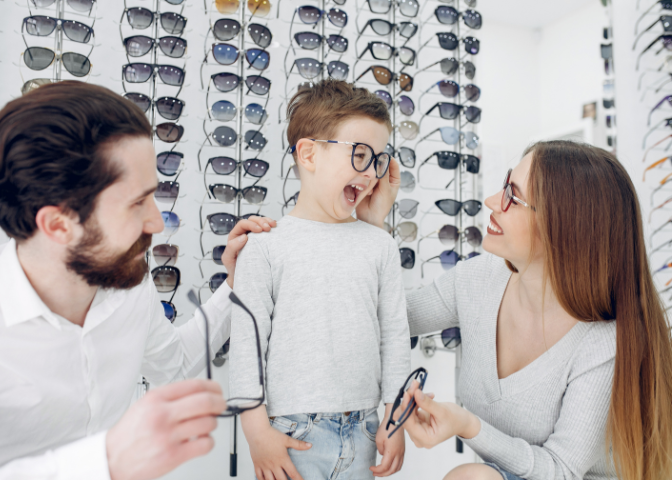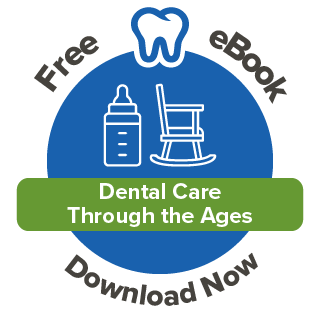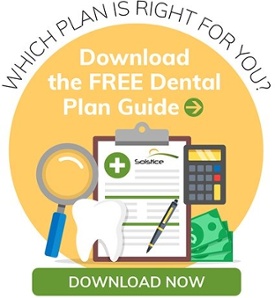By Kate Ranta on Jun 7, 2023 @ 10:00 AM
For parents with less than 20/20 vision, a pressing concern likely is their children's eyesight. If you're trying to identify vision difficulties or changes in your child's prescription, here are four ways to help tell if your child needs glasses. As always, please consult a trained eye doctor for a correct eyeglass or contact prescription, and for a final decision about your child's vision needs!
1) Rubbing at the eyes/headaches: Eye-rubbing is common in young children with blurred vision or headaches from being unable to focus correctly. They may not have the right words to describe it. If you notice your child consistently rubbing his or her eyes gently ask questions. Find out if his or her head hurts. Try to determine how far and how clearly, he or she can see.
2) Squinting: Have you noticed your child squinting or tilting his or her head to focus on the television? Or your older child doing the same thing to read a far-away sign or close-up book? You've identified a sure sign that they need glasses! Pay attention to the distances they need to squint to see so you can assist your eye doctor in determining whether they're near-sighted or far-sighted.
3) Closing one eye: Closing one eye can be a sign of blurred vision. However, it can also be a sign of astigmatism. Astigmatism is the proper term for an irregularly shaped cornea (the lens of the eye). The irregular shape stops the eye from being able to focus correctly on the light. This causes blurred vision in that eye. Astigmatism can occur in both eyes but is more common in just one. This causes blurred vision in both eyes, but it’s easily treated by wearing glasses or contacts. It can also be permanently corrected through corrective surgery if recommended.
4) Behavioral problems: Disruptive behavior at school can be the result of an inability to see clearly. Your child may also ask to change seats to the front of the classroom. If you see changes in your child’s pattern, make sure to ask him or her and their teacher why the changes are occurring.
Regular eye exams for your children should start at infancy, as recommended by the American Optometric Association. This will help minimize any vision problems they may have and ensure changes in their eyesight are caught sooner than later.
You know what? You may even be noticing changes in your own eyesight. Download our vision changes guide to learn about some of the conditions that may affect our vision as we get older--and if you notice eye problems, make an appointment to see an eye doctor to get to the bottom of it!
Want to have Solstice benefits?
Call our sales team at 877.760.2247 or email Sales@SolsticeBenefits.com
Already have Solstice benefits?
See your plan details by going to https://www.mysmile365.com/ or calling us at 1.877.760.2247.




comments